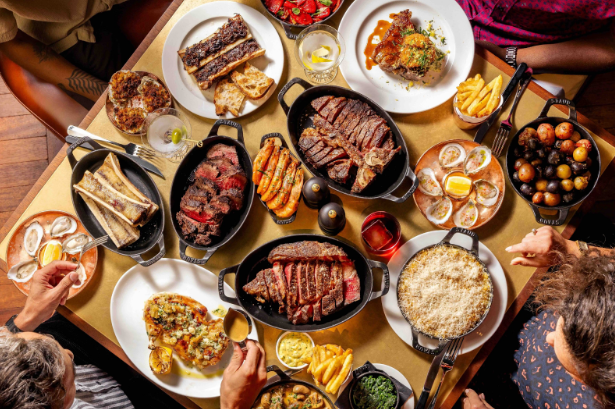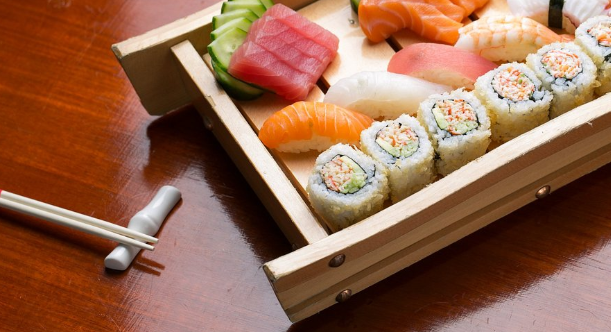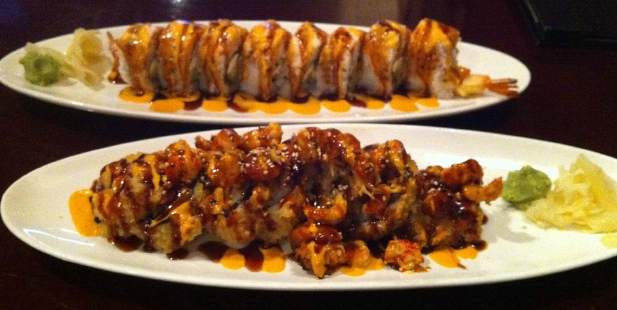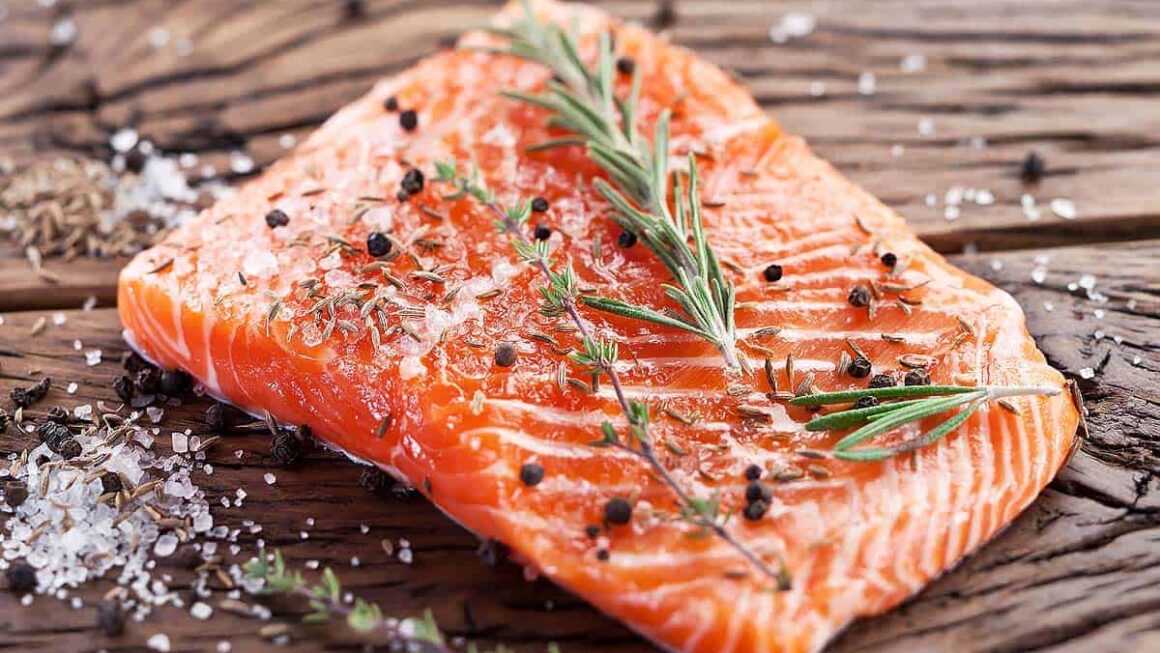When you think of juicy steaks and smoky grills, your mind may go straight to American-style steakhouses. But there’s another side to this story—Spanish steakhouse traditions. Spain has a rich history of grilling meats, often cooked with simple seasoning, open flames, and quality cuts of beef that highlight natural flavors. Visiting or learning about a Spanish steakhouse is like stepping into a culture where dining is about more than eating—it’s about sharing, savoring, and celebrating life.
Spanish steakhouses bring together rustic charm, authentic grilling methods, and unique flavors that make every bite memorable. From the Basque Country’s famous txuletón to the central plains’ traditional roast meats, the Spanish approach to steak is filled with character and depth. Let’s take a closer look at what makes these places so special.
Table of Contents
The Tradition of a Spanish Steakhouse
In Spain, meat grilling is not just a cooking method—it’s a tradition. The Spanish steakhouse, often called an asador or parrilla, has deep cultural roots. Unlike heavily seasoned or sauce-covered meats, Spanish steakhouses prefer simplicity. The star of the show is always the quality of the beef.
Spanish cattle breeds like Rubia Gallega or Avileña Negra Ibérica are prized for their marbling and flavor. The meat is usually aged for weeks to enhance tenderness and depth. This focus on beef quality allows the natural taste to shine without needing much more than salt and fire.
The Cooking Method
A signature part of a Spanish steakhouse is the open flame grill, often fueled by wood or charcoal. The use of natural fire gives the meat a smoky flavor you can’t replicate with modern equipment.
The grill, known as a parrilla, allows chefs to cook thick steaks slowly, letting heat penetrate without drying the meat. This process results in a steak that’s seared on the outside but juicy and tender inside. The most famous style is the Basque method, where huge cuts of steak, sometimes over two pounds, are grilled until the fat crisps and the interior stays rare to medium-rare.
Popular Cuts in a Spanish Steakhouse
Spanish steakhouses don’t just serve any steak—they specialize in bold, flavorful cuts. Some of the most popular include:
- Txuletón: A massive rib steak, often shared between diners. It’s a specialty of the Basque Country and one of the most iconic dishes in Spain.
- Solomillo: Tenderloin steak, prized for its softness and delicate texture.
- Entrecot: Ribeye steak, full of flavor and perfect for grilling.
- Chuletillas de cordero: Lamb chops, another staple in many Spanish steakhouses.
These cuts are often served simply, with nothing more than flaky sea salt to enhance their natural richness.
Side Dishes and Accompaniments
A Spanish steakhouse experience is not only about the steak. Traditional side dishes add variety and balance to the meal. Popular choices include:
- Patatas fritas (crispy fried potatoes)
- Pimientos de padrón (small green peppers, some spicy, some mild)
- Ensalada mixta (mixed salad with tomatoes, onions, olives, and olive oil)
- Grilled vegetables (often eggplant, zucchini, or asparagus)
Bread is always present on the table, perfect for soaking up juices. Olive oil, a cornerstone of Spanish cuisine, is sometimes drizzled over salads or vegetables to keep the flavors fresh and light.
Spanish Steakhouse Sauces
Unlike American steakhouses, where sauces like peppercorn or mushroom are common, Spanish steakhouses rarely cover their steaks in heavy sauces. Instead, they may offer small servings of:
- Alioli: A garlicky mayonnaise-style sauce, more common in Mediterranean regions.
- Chimichurri: Though more associated with Argentina, some modern Spanish steakhouses serve it with grilled meats.
- Mojo rojo or verde: Canarian sauces made with peppers and garlic, adding a bold kick.
Still, purists will argue that a true Spanish steak needs no sauce at all.
The Atmosphere of a Spanish Steakhouse
Dining in a Spanish steakhouse is as much about atmosphere as it is about food. Many are rustic, with wooden beams, stone walls, and open kitchens where you can see the fire blazing. The environment is warm and communal, designed for families and friends to gather.
Meals are often slow and relaxed, following the Spanish tradition of long conversations and shared laughter at the table. Wine, especially full-bodied reds like Rioja or Ribera del Duero, pairs beautifully with the rich, smoky steaks.
Regional Variations
Spain is diverse, and so are its steakhouse traditions.
- Basque Country: Famous for massive rib steaks (txuletón), grilled with sea salt and served rare.
- Castilla y León: Known for roast meats and hearty cuts, often paired with red wines from Ribera del Duero.
- Andalusia: Steak is often served with fresh vegetables, olive oil, and lighter sides.
- Catalonia: A mix of Mediterranean flavors, where steaks may be paired with alioli and seafood starters.
Each region adds its own twist, but all share the love for high-quality beef and wood-grilled cooking.
Why Visit a Spanish Steakhouse?
A Spanish steakhouse offers more than just food. It gives you:
- Authentic culture: A true taste of Spanish tradition.
- Quality beef: Some of the best cattle breeds in Europe.
- Unique flavors: Wood-grilled cooking creates unmatched smoky richness.
- Communal dining: Perfect for sharing meals and making memories.
Whether you’re in Madrid, Barcelona, or a small Basque village, dining at a Spanish steakhouse is an unforgettable culinary journey.
Conclusion
A Spanish steakhouse is more than a restaurant—it’s a cultural experience. From the rustic atmosphere to the smoky flavor of wood-grilled beef, every detail is rooted in tradition and quality. With its focus on premium cuts like txuletón and simple seasoning, Spain shows that steak doesn’t need heavy sauces or complicated recipes to shine.
If you ever get the chance, visiting a Spanish steakhouse should be at the top of your food adventures. It’s a feast for the senses, a celebration of flavor, and a chance to connect with Spain’s rich culinary heritage.
FAQs
Q1: What is a Spanish steakhouse called in Spain?
A Spanish steakhouse is often called an asador or parrilla, meaning a place that specializes in roasting or grilling meats.
Q2: What makes Spanish steak different from American steak?
Spanish steak is usually cooked over wood or charcoal, focuses on natural beef flavors, and uses minimal seasoning compared to heavily seasoned or sauced American steaks.
Q3: What is the most famous Spanish steak dish?
The txuletón from the Basque Country is the most famous—a large rib steak grilled with sea salt and shared among diners.



